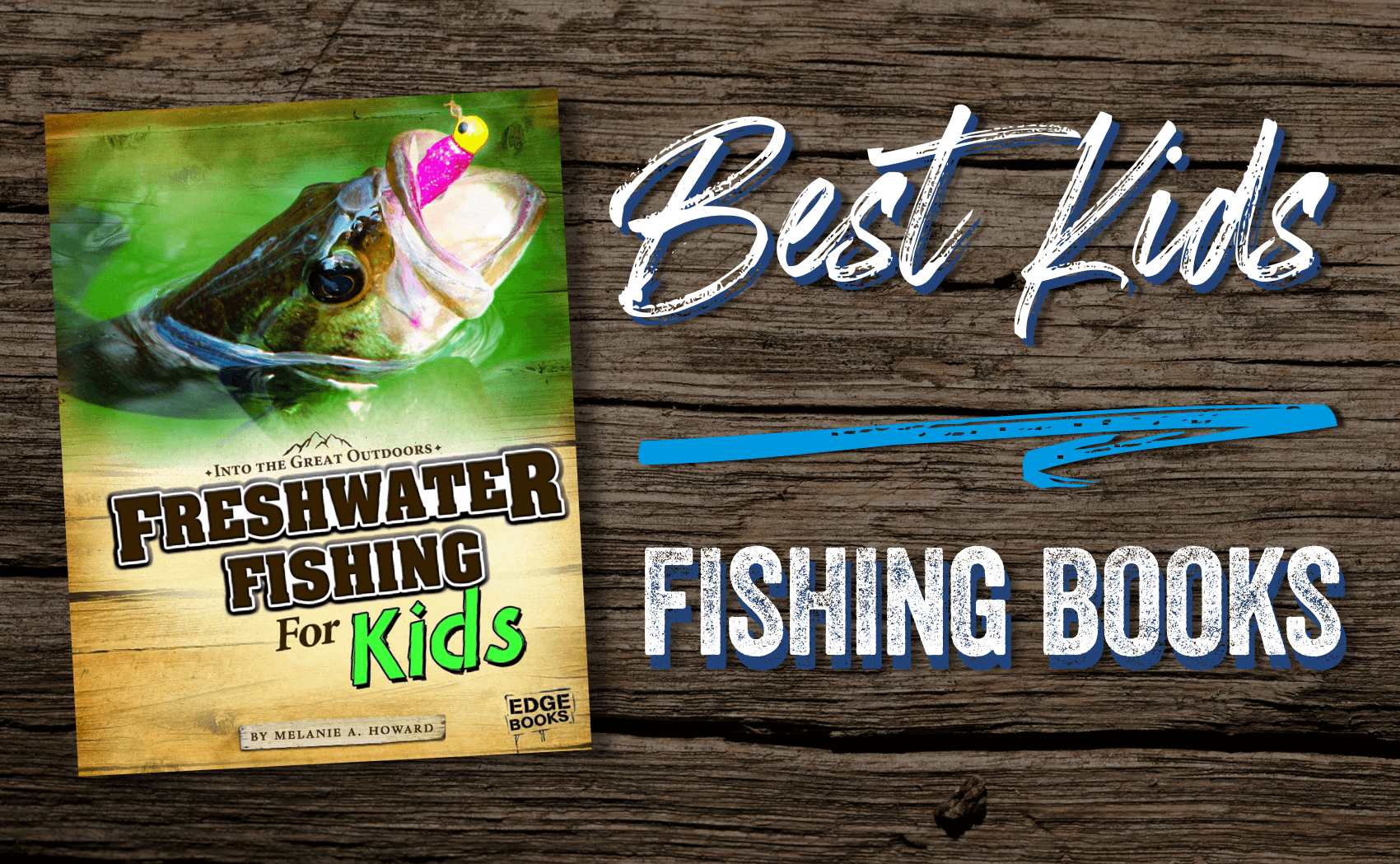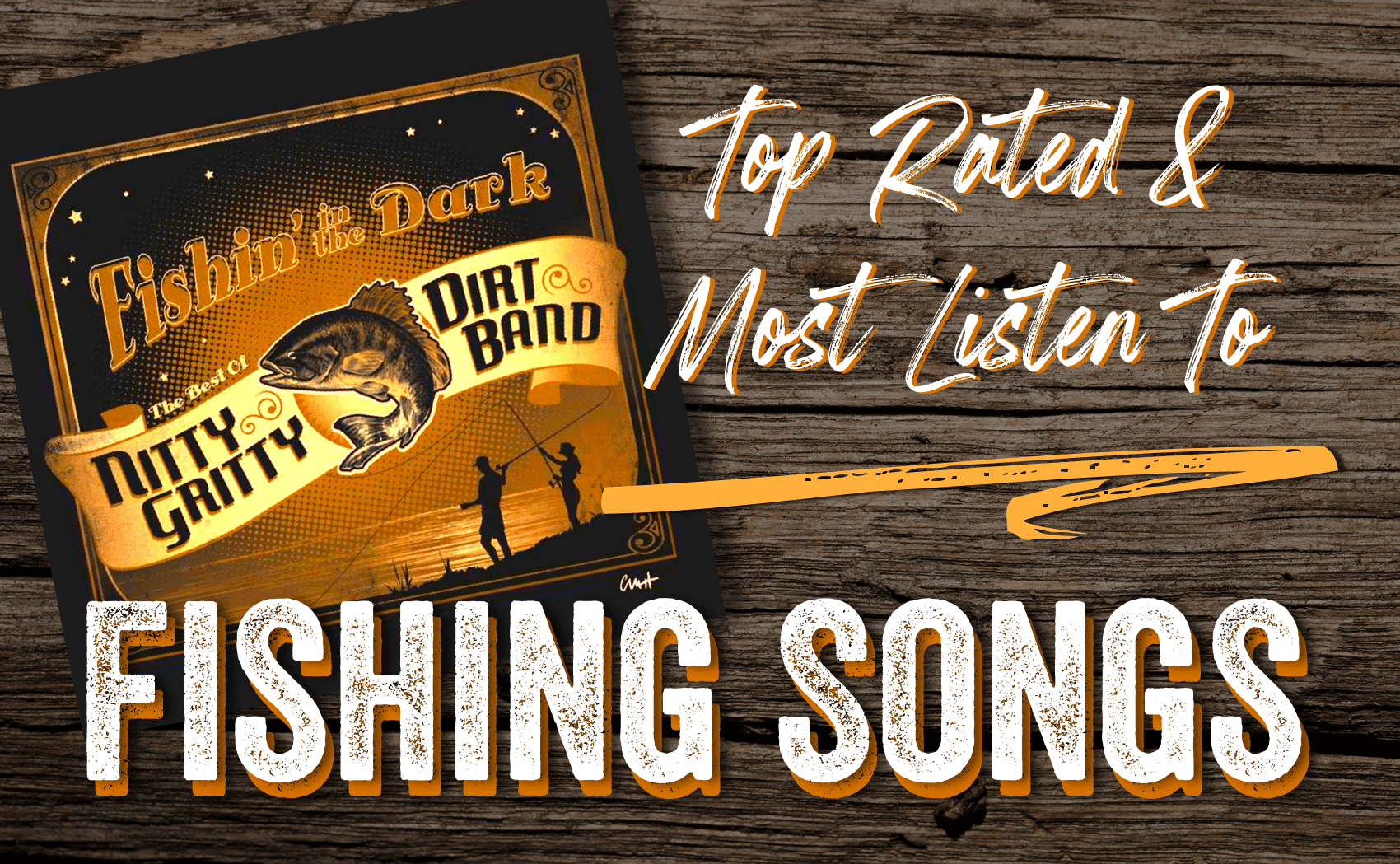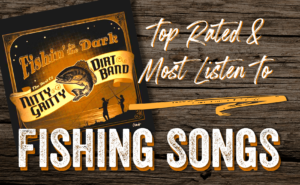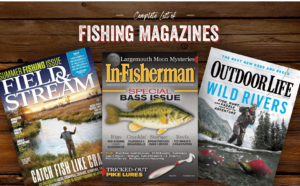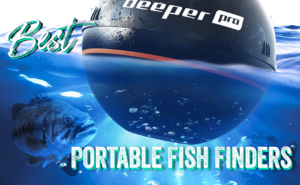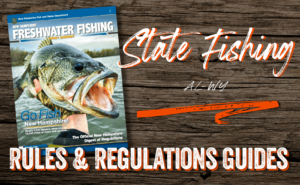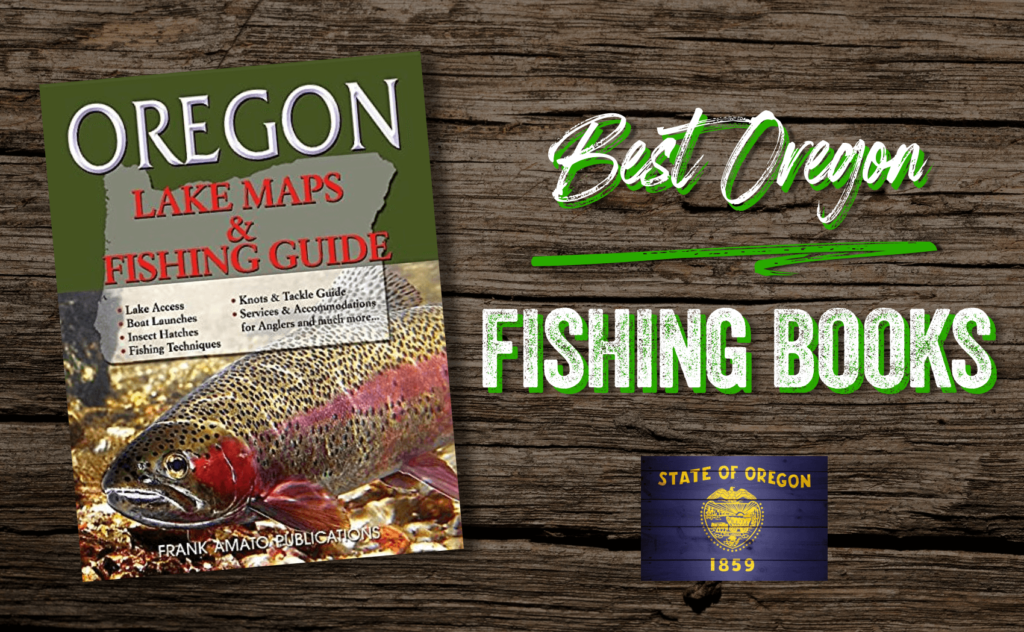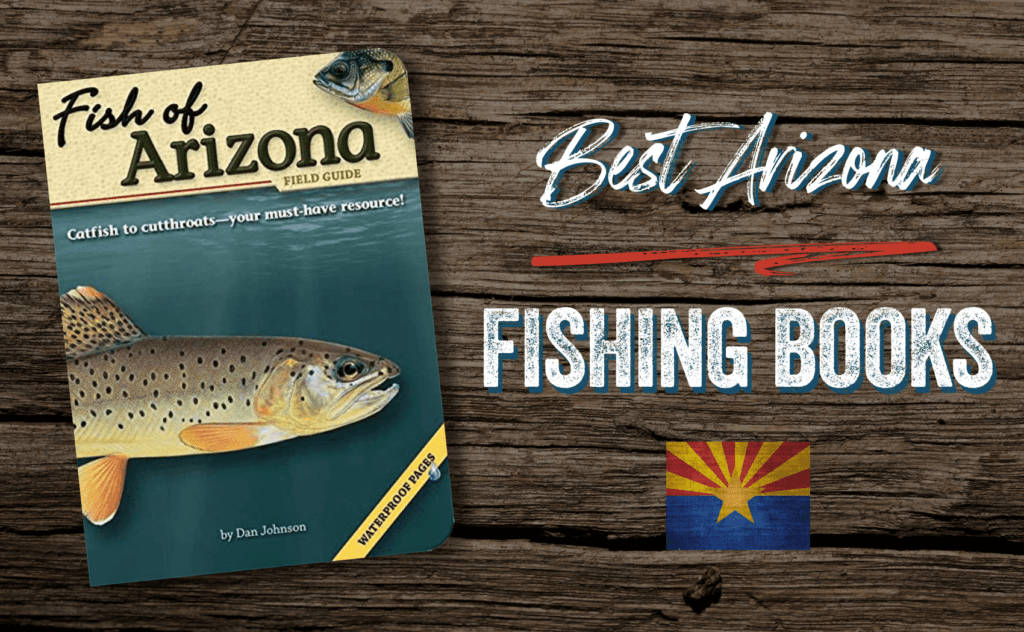Welcome to Outdoorsman Fishing Report Guides!
The Outdoorsman Fishing Report Guide website highlights some of the very best fishing lakes and well as highlights the best fishing tackle, fishing bait, fishing books and magazines as well as other fishing related topics.
State Fishing Guides & Reports
- Arkansas Fishing Lakes
- Arizona Fishing Lakes
- Arizona Community Fishing Lakes
- California Fishing Lakes (Northern)
- California Fishing Lakes (Southern)
- California Community Fishing Lakes (Southern)
- California Orange County, CA Fishing Lakes
- Colorado Fishing Lakes
- Florida Fishing Lakes
- Georgia Fishing Lakes
- Idaho Fishing Lakes
- Illinois Fishing Lakes
- Louisiana Fishing Lakes
- Maryland Fishing Lake
- Minnesota Fishing Lakes
- Mississippi Fishing Lakes
- Missouri Fishing Lakes
- Montana Fishing Lakes
- Nevada Fishing Lakes
- New York Fishing Lakes
- New Mexico Fishing Lakes
- North Carolina Fishing Lakes
- North Dakota Fishing Lakes
- Oklahoma Fishing Lakes
- Oregon Fishing Lakes
- Pennsylvania Fishing Lakes
- South Carolina Fishing Lakes
- Tennessee Fishing Lakes
- Texas Fishing Lakes
- Utah Fishing Lakes
- Virginia Fishing Lakes
- Washington Fishing Lakes
- Wisconsin Fishing Lakes
Fishing Resources
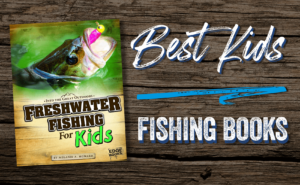
Best Kids Fishing Books
Best Kids Fishing Books. Your guide to the best and highest rated kids fishing books.
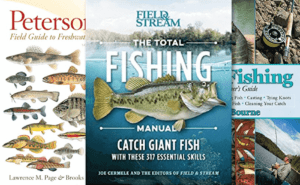
Best Fishing Books & Guides
Best Fishing Books & Guides. Your guide to the best and highest rated fishing books and guides to help make…


